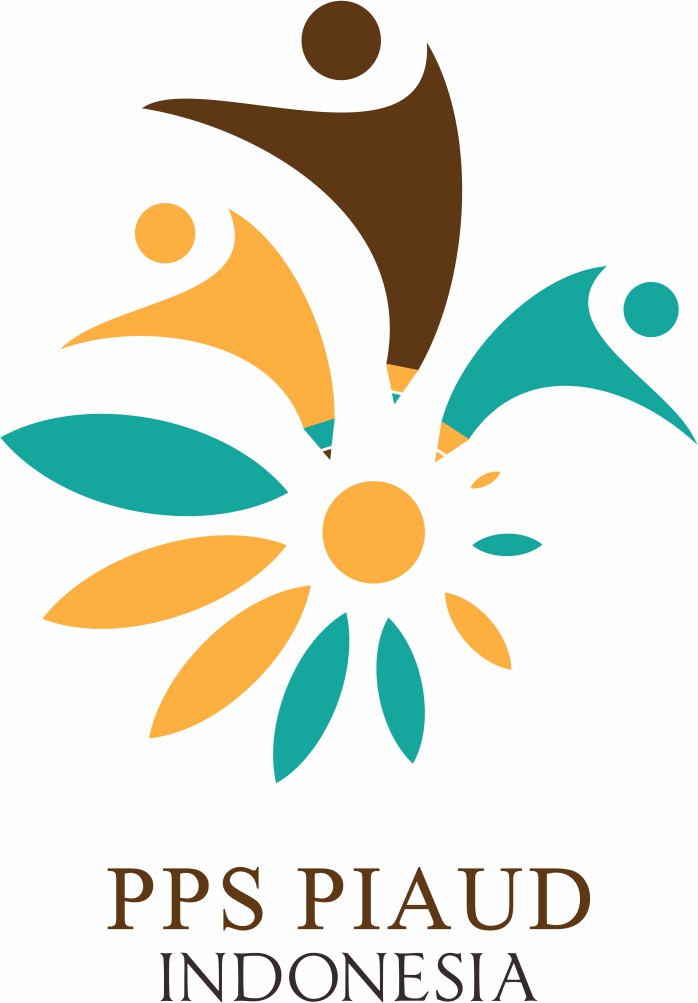Stories and Storytelling for Moral Education: Kindergarten Teachers’ Best Practices
Abstract
Habituation is the most common used form of moral education in early childhood education in Indonesia. However, this method has been found to be insufficient in contributing fully to young children’s moral development. An alternative method currently being promoted is the narrative method which involves the use of stories and storytelling. These two techniques provide children with justification to do good deeds and allow them to be critical of their actions. This research examined the best practices of teachers in the use of narrative method for the Moral Education of young children. Best practices show how we can use them to improve the teaching of Moral Education among young children and can serve as useful alternative to habituation. The findings revealed that there are five ways in which the kindergarten use stories and storytelling in teaching and learning moral education for young children, namely: to repeat the story; to include clear example; to explain the story; to dramatize the story; and to modify the story.
Keywords
Full Text:
PDFDOI: https://doi.org/10.15408/jece.v2i1.15511
Refbacks
- There are currently no refbacks.
Indexed by:
© Copyright CC-BY-SA JECE, p-ISSN: 2686-2492 e-ISSN: 2715-8918 |







